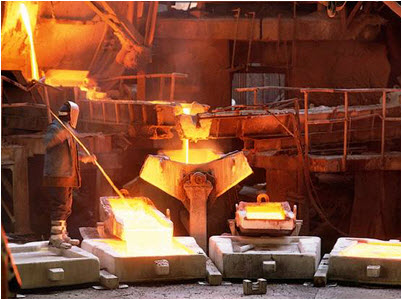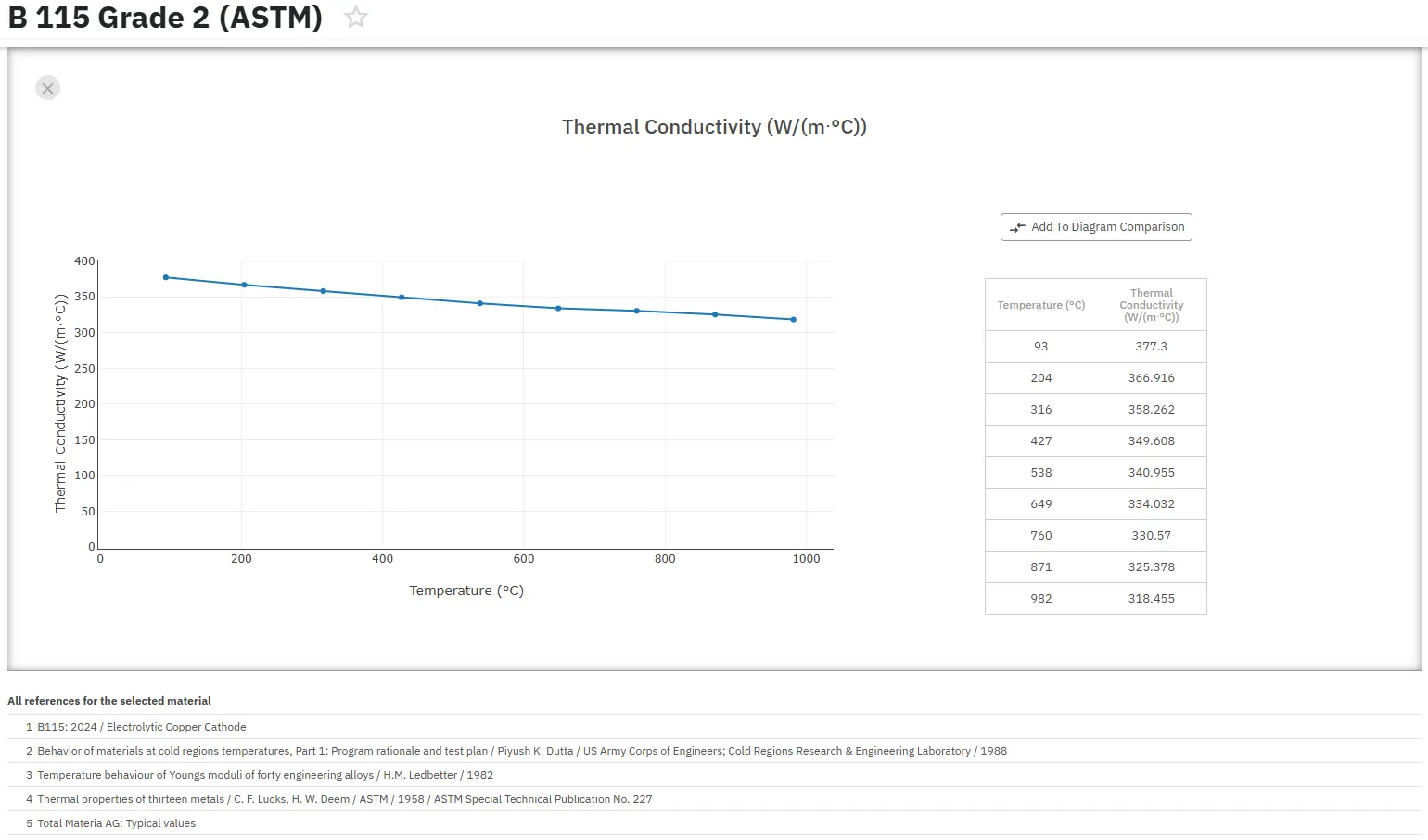Copper Production Processes
Abstract
This article examines various copper production processes, emphasizing both traditional and modern techniques. Conventional pyrometallurgical methods involve roasting, smelting, and converting, while more energy-efficient flash smelting techniques utilize the heat released during sulfur oxidation. Though hydrometallurgical processes exist, they represent a small percentage of global copper production and raise environmental concerns. The article details pyrometallurgical refining challenges, including anode passivation and impurity management, particularly relevant in recycling operations. Solutions to optimize these processes are explored, focusing on slag management and enhancing electrolytic refining efficiency, which are crucial as raw material quality decreases in the industry.
Introduction to Copper Production Methods
Copper can be produced through either pyrometallurgical or hydrometallurgical routes. The hydrometallurgical approach is used for only a limited portion of global copper production and is typically considered only in conjunction with in-situ leaching of copper ores. From an environmental perspective, this production method raises significant concerns.
Several different processes can be implemented for copper production. The traditional process relies on roasting, followed by smelting in reverbatory furnaces or electric furnaces for more complex ores. This process produces matte and then converts it to produce blister copper, which is further refined to cathode copper.
Traditional Smelting vs. Flash Smelting Technology
The traditional route for producing cathode copper requires substantial energy—approximately 30-40 million Btu per ton of cathode copper. It also generates furnace gases with low sulfur dioxide concentrations, making the production of sulfuric acid or other byproducts less efficient. Typically, the sulfur dioxide concentration in exhaust gas from a reverbatory furnace ranges from 0.5-1.5%, while an electric furnace produces about 2-4%.
Flash smelting techniques have been developed to utilize the energy released during the oxidation of sulfur in the ore. These techniques significantly reduce energy demand to approximately 20 million Btu per ton of produced cathode copper. An additional advantage is that the sulfur dioxide concentration in off-gases from flash furnaces is considerably higher—over 30%—making it less expensive to convert to sulfuric acid. The INCO process achieves even higher efficiency, resulting in 80% sulfur dioxide in the off-gas. Flash processes have been employed in copper production since the 1950s.
Advanced Copper Processing Technologies
Beyond the traditional and flash smelting processes, several newer technologies have emerged. Processes such as Noranda, Mitsubishi, and Contop have been developed to replace or supplement roasting, smelting, and converting steps. Other technologies like ISA-SMELT and KIVCET specifically replace the roasting and smelting phases. For the converting stage, Pierce-Smith and Hoboken converters remain the most widely used processes in the industry.
The matte (copper-iron sulfide) from the furnace is transferred to converters where the molten material undergoes oxidation with air to remove iron and sulfur impurities (forming converter slag) and to produce blister copper.
Refining Processes and Electrolysis
Blister copper undergoes further refinement as either fire-refined copper or anode copper (99.5% pure copper), which is then used in subsequent electrolytic refining. In fire-refining, molten blister copper is placed in a fire-refining furnace, sometimes with added flux, and air is blown through the molten mixture to remove residual sulfur.
The air-blowing process results in residual oxygen, which is then removed by adding natural gas, propane, ammonia, or wood. The fire-refined copper is cast into anodes for further electrolytic refining or is cast into shapes for direct sale.
In the most common hydrometallurgical process, the ore is leached with ammonia or sulfuric acid to extract the copper. These processes can operate at atmospheric pressure or as pressure leach circuits. Copper is recovered from solution through electrowinning—a process similar to electrolytic refining. This approach is most commonly applied for leaching low-grade deposits in situ or in heap leaching operations.
Nearly 85% of copper produced through pyrometallurgical methods undergoes copper refining electrolysis. During electrolysis, impure copper is anodically dissolved and recrystallized at the cathode without impurities. The space-time yield (currently about 0.03 t/m³) and specific energy consumption (approximately 0.4 kWh/kg Cu) represent the primary performance indicators of this process.
Challenges in Copper Refining and Recycling
For economical process operation, optimizing these performance indicators is essential. However, increasing current density leads to anode passivation problems, where electrochemical dissolution nearly stops. The consequences include lower electrical efficiency and higher potential drops, resulting in increased specific energy consumption. Due to the necessity of remelting the remaining anodes, substantial amounts of copper must be returned to the anode furnace.
The passivation behavior of anodes strongly depends on their chemical composition, particularly the content of accompanying elements such as As, Bi, Sb, Pb, O, and Ni. In many operations, especially recycling facilities, removing these elements is challenging since the raw material composition is largely predetermined. To economically process scrap, it's often necessary to use lower-grade materials.
Considering these challenges, there is a pressing need for further optimization in pyrometallurgical refining processes, particularly in anode furnace operations. The behavior and reactions between metal and slag, as well as the conditions for volatilization, are critically important. These factors directly influence the composition of refined copper and anodes, and consequently, the composition of anode slimes.
During the converting period of black copper and subsequent pyrometallurgical refining, all base metals and some copper are oxidized, generating slags with high metal oxide content. These oxides, along with the oxygen potential, strongly influence the liquidus area of the slag. Currently, these slags are recycled to the shaft furnace, where accompanying elements either accumulate in flue dust or transfer into the black copper.
To break this closed loop of circulating elements and remove them from the process, it's necessary to reduce the metal oxides contained in the anode furnace and converter slag. This reduction step becomes increasingly important as scrap quality decreases, making further optimization of the pyrometallurgical refining process essential to reduce the burden on refining electrolysis. Additionally, ensuring that slags are homogeneous with low viscosity is crucial for achieving high mass transfer and reaction rates.

Figure 1: Furnace Copper tapping
¡Acceda Ahora a las Propiedades Precisas de las Aleaciones de Cobre!
Total Materia Horizon contiene información sobre las propiedades de más de 30.000 aleaciones de cobre: composición, propiedades mecánicas, físicas y eléctricas, propiedades no lineales y mucho más.

Obtenga una cuenta de prueba GRATUITA de Total Materia Horizon y únase a nuestra comunidad que traspasa los 500.000 usuarios provenientes de más de 120 países.